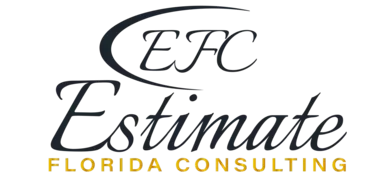It doesn’t matter if your house is brand new. It doesn’t matter how many times you repeat the mantra, I replaced that last year. Sooner or later, something will break—most likely something expensive, and almost definitely at the worst possible time.
If you live in Florida, the odds are even worse. The heat in the aptly named Sunshine State works like slow acid, eating away at roofs, pipes and wiring. The storms rip shingles off like a kid unwrapping a present. The moisture seeps into the walls, a silent saboteur, rotting the structure from the inside out.
And when something finally does fail, you won’t get a polite warning. You’ll get water dripping onto your dinner plate, or a blast of hot air from what should be cold AC, or the smell of burning wires in the middle of the night.



